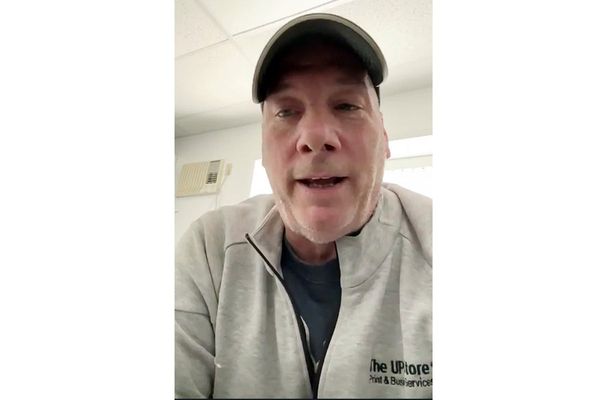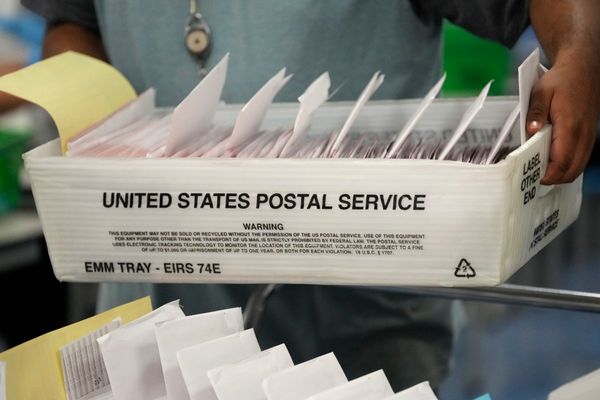
For the Dutch photographer Ernst Coppejans, what really surprised him about making his photo collection From the Streets to the Heart – which delves into the lives of unhoused queer youth and young adults in New York City – was the immense resilience of his subjects. “These people are so strong, in spite of all the difficulties,” he told me. “It makes me emotional to think about it. They’re beat in every way possible, but they’re there and surviving, and they have hopes and dreams.”
Coppejans’s photographic career is like a cornucopia of queer diversity. Past projects have documented the intersex experience, gay marriage in the Netherlands, the life experiences of queer elders, and transgender people of color, just to name a few. The photographer explained to me that one of the reasons he pours so much into this work is that, as a gay man, he believes it’s important for younger generations to learn about the people who came before. He wants to both document those prior generations as well as create an archive for future queer individuals.
From the Streets to the Heart is one of the more challenging, necessary and successful collections in this year’s Photoville festival. Coppejans, who also showed in the 2022 Photoville, told me that he was inspired by an article he read about queer youth struggling to survive in New York. “It really shocked me,” he said. “We have a different social system in the Netherlands. The US is really polarized when it comes to accepting queer people, and I think there’s a relationship there.” This particularly hit home with Coppejans, since his experience coming of age as a young gay man moving from a small Dutch town to Amsterdam was so very different from theirs. “I felt really privileged to be in the Netherlands,” he told me.
In spite of shooting these photos in imposing and sometimes gritty cityscapes, the images in From the Streets to the Heart offer a real vulnerability, even as the subjects’ faces often defiantly challenge the camera lens. The rapport between Coppejans and his subjects is quite clear, and the feeling of looking at the photos is of people who have been given so little by life, and who so clearly deserve so much more. It is a look at a struggle for identity, as much as a struggle for existence.
As he began to explore ways into the community, Coppejans had the good fortune to connect with Kate Barnhardt, who is the founder and director of New Alternatives, an organization that, according to its website, “increases the self-sufficiency of LGBTQ+ homeless youth and young adults by enabling them to transition out of the shelter system to stable adult lives”. According to Coppejans, Barnhardt helped him connect with many of his subjects and build up a rapport. “She’s this amazing activist,” he said. “Her whole life revolves around helping these people who have nowhere to go.”
Coppejans first met many of his subjects via a free dinner that New Alternatives offers every Sunday. He found that many of the attendees were very excited to have the opportunity to tell their stories through his photo project. Coppejans spent many hours building up relationships with his subject and learning their stories, at times feeling like he was acting the role of therapist. “What really blew my mind was how incredibly open they were, about their coming out, where they’re from, what it means to not have a home,” he said. “I was blown away by their honesty. They said, ‘no one sees us,’ and, literally, this project is going to let people see them.”
For the photos, he spent a lot of time carefully scouting locations so that he could ensure that the focus was on his subjects. “I wanted to have them center stage, everything is about them,” he said. “The city has to be visible, but I wanted locations where there wouldn’t be any other people or cars in the shots.”
In addition to offering his photo portraits, Coppejans has also created a website to go with From the Streets to the Heart, offering in-depth interviews so that his subjects can tell even more of their stories in their own words. “A portrait is so much more than just a picture,” he told me. It’s about the story. Adding the audio really gives it so much more depth. When you see their photos, you really want to hear their voice. That brings it all together.”
From the Streets to the Heart is one of 80-some exhibitions in this year’s Photoville festival. Originally conceived 13 years ago as a modest, annual celebration of photography, Photoville has grown into an expansive photo bonanza that comprises dozens of artists and stretches out into all five boroughs of New York City.
Truly global in scope, Photoville’s exhibitions this year include offerings from such diverse places as Australia, Poland, Mexico, Nepal, Indigenous Yorùbá lands in west Africa, and Venice, Italy, as well as engaging with wide-spanning regional concerns, like migrants’ journeys across the Americas and individuals working throughout the US under the Temporary Protected Status program.
Social justice exhibitions like Coppejans’s are a central component of Photoville, as is diversity in point of view. Regarding the various projects on exhibit, co-founder Sam Barzilay told the Guardian: “I guarantee there will be 10 exhibits you dislike – and that’s OK.” The festival aims to never be didactic, and it also offers tools to aspiring photojournalists, with things like educational sessions from professional photographers, portfolio reviews, Adobe Lightroom tips and more. According to Barzilay, it’s an opportunity to better learn to speak the universal language that photography has become. “The more you look at a good photograph, the more you realize, ‘oh this is something that I can speak with.’”
For Coppejans, he may be moving on to new projects, but that doesn’t mean he’s necessarily moving on from the lives he has documented. He’s still in touch with some of the youths he photographed, offering what support he can via calls. And he tells me that he doesn’t think he’ll be getting the images he took out of his head any time soon. “These stories really haunt you,” he said, “because these kids are really trying to be who they are, and just be themselves.”
Photoville NYC is now on display around New York City until 16 June







